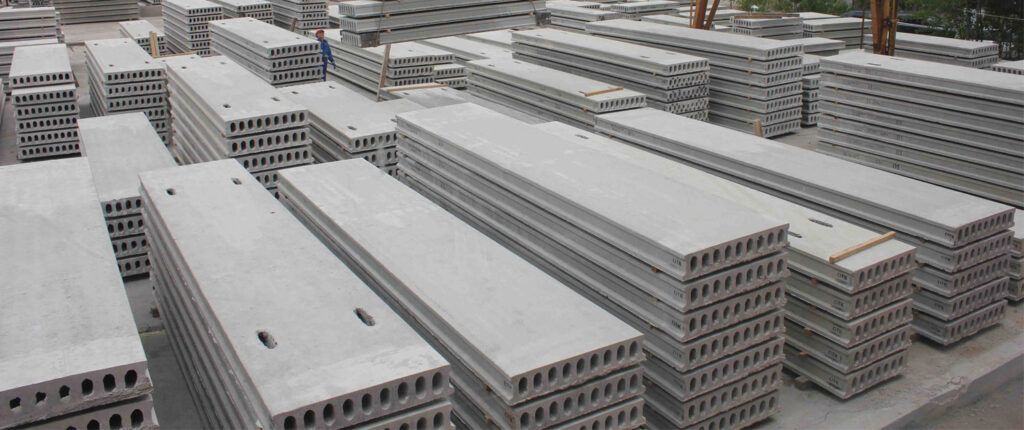Floor slab classifications
Reinforced concrete floor slabs today are practically irreplaceable in the construction of buildings for residential or commercial premises. According to statistics, about 30% all reinforced concrete products fall on slabs due to their strength and durability. In the modern building materials market, you can find all standard types of reinforced concrete slabs, given their variety, purpose, the length, weight and others, equally important product characteristics. So what are the types of floor slabs? The classification of tile coverings is extensive and it will not be easy for an unknowing person to understand, which ones are suitable for his purposes. Despite such diversity, there are several main types of reinforced concrete slabs:
- void;
- ribbed;
- monolithic or solid.
Concrete, sand, щебень и отсев с доставкой в Санкт-Петербурге и Ленинградской области предлагает “БетонНева”. You can apply for delivery on the company's website.
Appointments and main differences
Hollow-core slabs are distinguished by frequent technological holes of the same shape along the entire length of the product. This is one of the most popular types of slabs with many advantages.: At first, significant savings in construction materials, which ultimately allows you to significantly reduce the cost of the product, high heat performance- and noise insulation. Such slabs are often used for the construction of residential buildings., as well as when laying a heating main.
Ribbed reinforced concrete slabs got their name due to a special configuration with a U-shaped structure., providing additional strength. They are rarely used in various types of construction of residential buildings - mainly this type is used when overlapping large industrial facilities, as well as multi-storey buildings.
Monolithic slabs are reinforced concrete products of solid section. They weigh quite a lot, while, which have characteristics similar to hollow core slabs. Typically used in commercial housing construction. If it becomes necessary to build a heavy-duty slab for high loads, eg, on multi-storey buildings, solid bridges are used, as well as monolithic structures. They can withstand enormous loads within 1000-3000 kgf / m2. Monolithic structures, unlike the previous type of slabs, can be of all kinds of shapes and sizes, and are created directly on the construction site itself.
The choice of this or that type of overlap directly depends on the specific conditions., therefore, before using it is worth consulting with specialists, who will be able to recommend and guide you in the advantages and disadvantages. Also, do not forget that, what to buy all building materials (sand, crushed stone, concrete, etc.) costs only from trusted suppliers.
